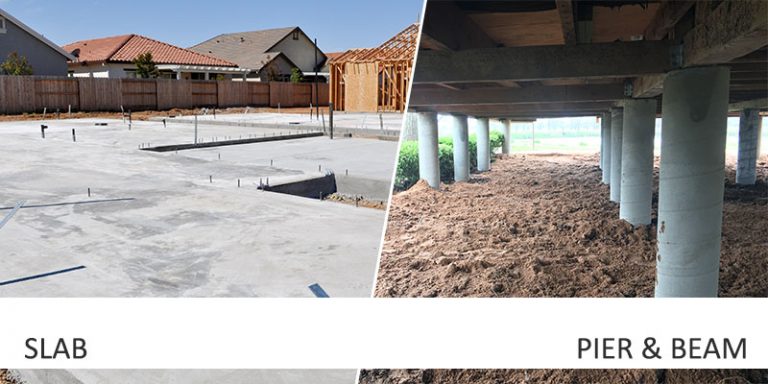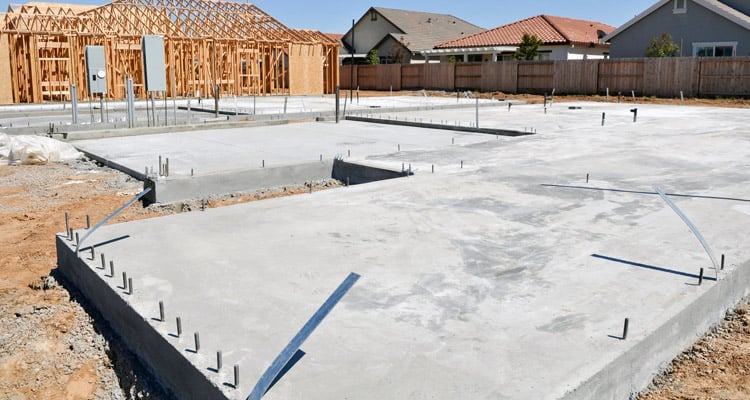Table of Content
Assess your budget and choose the right foundation for you, according to your financing needs, the plot of land, and location. Permanent foundations are a more expensive option, but they can provide you with more financial and physical stability. The best foundation for a mobile home is usually a pier and beam, or crawlspace foundation. Both of these options are cheaper than a basement or concrete pit. However, in many circumstances, installing a permanent foundation cause your mobile home to meet the criteria to be considered a real estate property. If you’re looking for your mobile home to count as real property, you may be required to have a permanent foundation.
It does provide easy access to your utilities with a roomy crawlspace, but it shares all the disadvantages of a basement foundation. Another cost effective option is a concrete slab foundation, which is also inexpensive and will provide great support for your home's entire base. Engineer's foundation certification is also required to conclude the buying, selling, or refinancing of your home. Worthy Inspection Services offer a range of inspection services including manufactured home foundation inspections in association with Foundation Certifications. We also provide standard home inspections for manufactured homes.
Alternative Permanent Foundations for Manufactured Homes
A home is nothing without a strong foundation to support it, and that holds especially true for manufactured homes and mobile homes. Think of a mobile home foundation as a chassis that gives your home a dense frame in the form of an undercarriage. A mobile home foundation is a permanent foundation for a manufactured home, also known as a prefabricated home. The foundation is typically made of concrete, but can also be made of wood, steel, or block.
However, for a double-wide, it can cost $5,000 to $8,000 depending. For instance, if your property is sloped, it will take more materials to level your foundation. An unfinished basement means that the pipes will be exposed, and the concrete is used as flooring. If you’re planning to utilize this area for storage, then this isn’t worrisome. However, there might come a time when you need something called a permanent foundation. Novi Home Show to Include 5 New Manufactured Homes The Novi Home Show, Oct. 11-13, will include five new, fully-decorated manufactured homes from some of...
Check mobile home foundation requirements in your area
While this isn’t a cause of concern for many mobile home owners, it may change how a foundation is installed depending on your environment. Basement foundations are one of the most expensive foundation options for manufactured homes due to the materials and time used to construct them. Not to mention, the pier and beam foundation is the most common one among options for permanent foundations.

While a pier foundation system is a great option, it does come with some drawbacks. Homes placed on piered foundations may need re-leveling more often than homes on slabs or other types of foundations. Think you can't have a basement or usable crawl space with a manufactured home? Our crawl spaces and daylight basements add tons of square footage for storage and living space.
Why You Should Have Your Manufactured Home On A Permanent Foundation
This is a great way to help secure your home against strong winds but may run the risk of having the piers move out of the way, resulting in an unleveled home. Mobile homes are a popular type of homes for anyone looking to live simple and affordable. However, mobile homes are known to be vulnerable to natural disasters and other unforeseen circumstances. Thus, many mobile home owners would opt to build a sturdy foundation under their homes before moving in. The Department of Housing and Urban Development requires all manufactured home foundations to be certified in order to receive building permit approval.

Have you ever wanted to tour a manufactured home for yourself? Are you unsure of what manufactured housing is, and want to see the... The other method is to use regular basement jack posts - they cost a bit more - about $25 each at any builder supply - and have a screw adjustment for exact height. One more thing, make sure the foundation is built to the actual dimensions of your home, not the size including the hitch! Believe it or not, we have had customers make this mistake when managing their own project. If you need help organizing the construction of your foundation, consider having us manager your project on your behalf.
You don’t have to fix a mobile home to a permanent foundation permanently. Although, if you seek to have it recognized as real property, you might. It’s exciting to buy a home and create a fun space for family and friends to gather. One of the most common types of foundation for a manufactured home is a pier and ground anchor system. These work in a variety of soil types and can be put into place quickly. The construction of manufactured homes or mobile homes has evolved greatly in recent decades.
A well-built foundation can help to prevent moisture buildup, flex, and sagging in a home. The cost of a foundation varies greatly, so ensure you are getting the best price from your contractor. It is customary to relocate the home to your foundation and anchor it there.
HUD specifies that a manufactured home foundation must feature attachment points to anchor and level the manufactured home to transport all loads to inherent soil or rock. The permanent foundations must be structurally verified by a licensed professional engineer. The pier and beam system is the most popular foundation type for manufactured homes. With it, anchors are driven into the ground to hold the home down and protect it against wind. Then, steel straps connect the anchors to a main beam of the home’s steel frame.

Slab foundations for manufactured homes consist of a 4 to 6 inch deep flat, concrete foundation, with another 4 to 6 inches of gravel or sand beneath it. Instead of the floor of the home, a slab foundation acts as support for the home. In areas where the ground freezes during the winter – like West Michigan – slab foundations are often poured over piers to add stability through freezes and thaws.
Since this is ever expanding, I will only make mention of a few manufactured home foundation systems. The Federal Housing Administration controls all requirements and guidelines for manufactured homes. If your home is not in line with these guidelines, you will likely not be able to receive any loans or financing for real estate.

Having a permanent foundation will broaden your financing options and make selling your home a whole lot easier. To construct permanent foundations, the materials used must be strong, such as concrete, brick, and treated wood. It must have attachment points on the chor and stabilize the manufactured home so that all loads can be transferred to the soil or rock beneath the manufactured home. A foundation pier is a piece of concrete that is inserted into the ground to support a building. Pole barns should be built with a footing of at least 6 inches in depth.

No comments:
Post a Comment